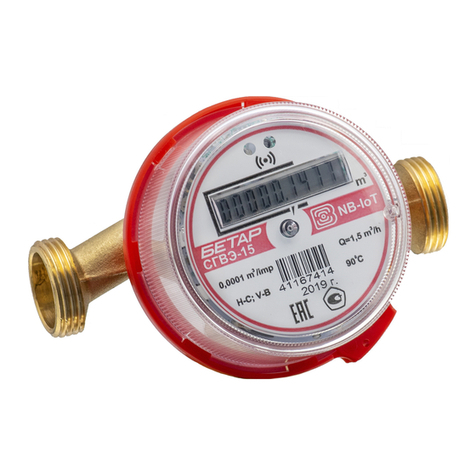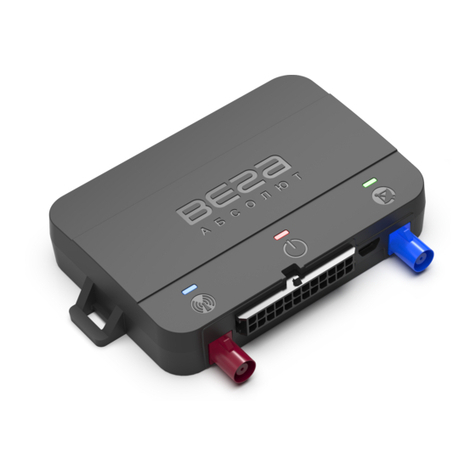...............................................................................................................................................................................5
...................................................................................................................................................6
.................................................................................................................................................................................7
................................................................................................................................................................9
Contacts description ......................................................................................................................................................................9
Device indication...........................................................................................................................................................................10
SIM installing ..................................................................................................................................................................................11
Initial configuration ......................................................................................................................................................................11
.....................................................................................................................................13
Dallas temperature sensors.........................................................................................................................................................13
Authorized dallas keys .................................................................................................................................................................14
Fuel level sensors ..........................................................................................................................................................................14
Extension unit ................................................................................................................................................................................15
Actuators.........................................................................................................................................................................................16
Inputs...............................................................................................................................................................................................16
............................................................................................................................................................................18
................................................................................................................................................................................................20
System .............................................................................................................................................................................................20
Navigation ......................................................................................................................................................................................21
Inputs/Outputs ..............................................................................................................................................................................22
GSM network .................................................................................................................................................................................23
CAN-bus..........................................................................................................................................................................................23
Input/output extension unit........................................................................................................................................................24
Wireless thermosensors...............................................................................................................................................................25
.......................................................................................................................................................26
CAN-sensors ..................................................................................................................................................................................26
CAN-scanner..................................................................................................................................................................................33
CAN-scripts ....................................................................................................................................................................................38
.........................................................................................................................................................................................39





























